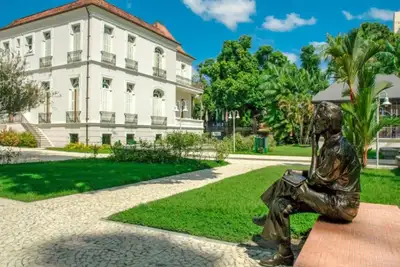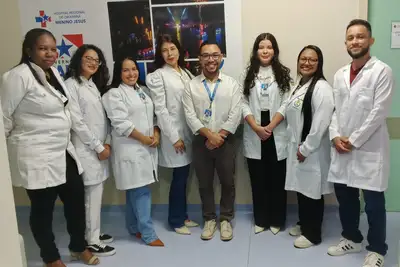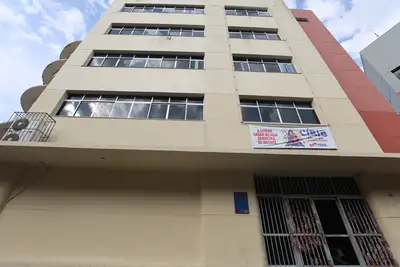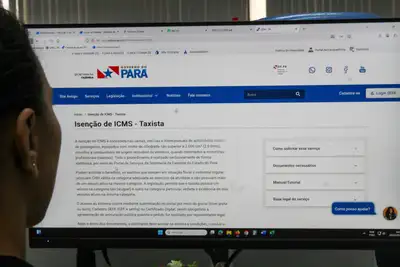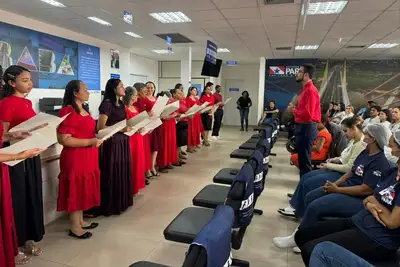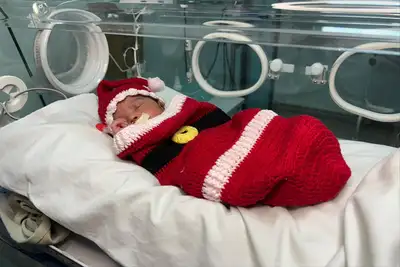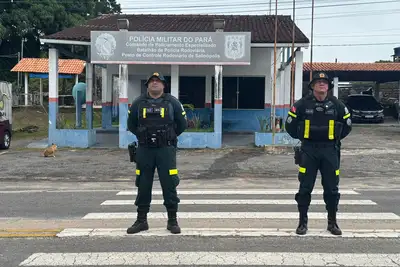UN Security Chief Visits CIOCS and Learns About Círio Monitoring Structure
Center set up at Santa Casa de Misericórdia enhances technical capacity and integration of Pará for large mass events
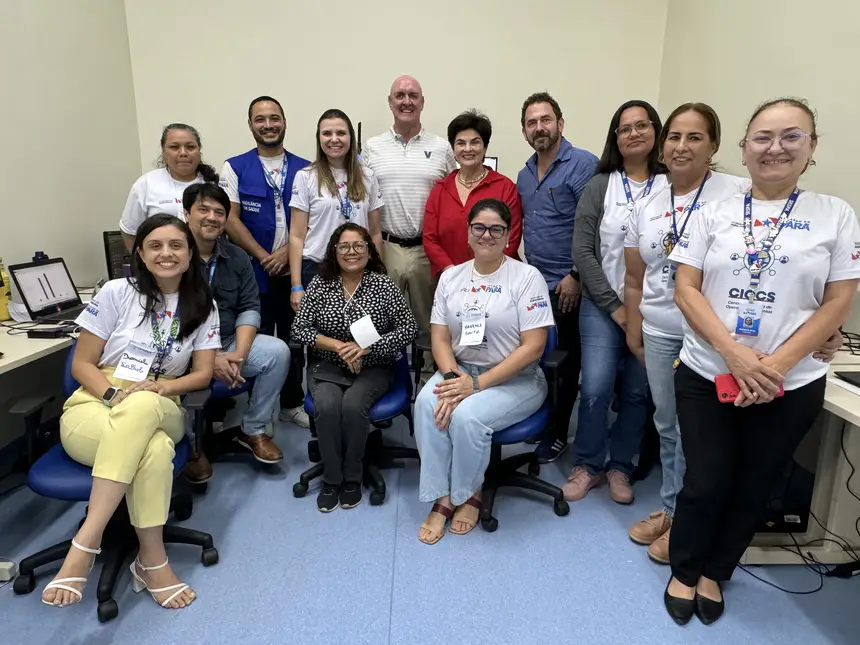
The head of security for the United Nations Department of Safety and Security (UNDSS), Kevin O’Hanlon, visited the Integrated Health Operations Control Center (CIOCS) on the afternoon of this Friday (10), located at the Santa Casa de Misericórdia of Pará, in Belém. The structure was activated today by the State Government, through the State Department of Public Health (Sespa), in partnership with the Municipal Health Department (Sesma). The unit will be responsible for monitoring health actions during the Círio de Nazaré 2025, the largest Catholic procession in the world.
During the visit, O’Hanlon was welcomed by the Deputy Secretary of Health Policy Management, Heloísa Guimarães, who presented the monitoring structure and the teams that will operate at the center. The UN representative came to closely understand the operational model of CIOCS, which will serve as a basis for security and health surveillance strategies aimed at mass events.
“I was very impressed with the preparation at CIOCS for the Círio. What I saw gives me a lot of confidence for all UN staff and delegates coming to Belém. The medical work is very well organized, and there is a modern system prepared to handle large events,” highlighted Kevin O’Hanlon.
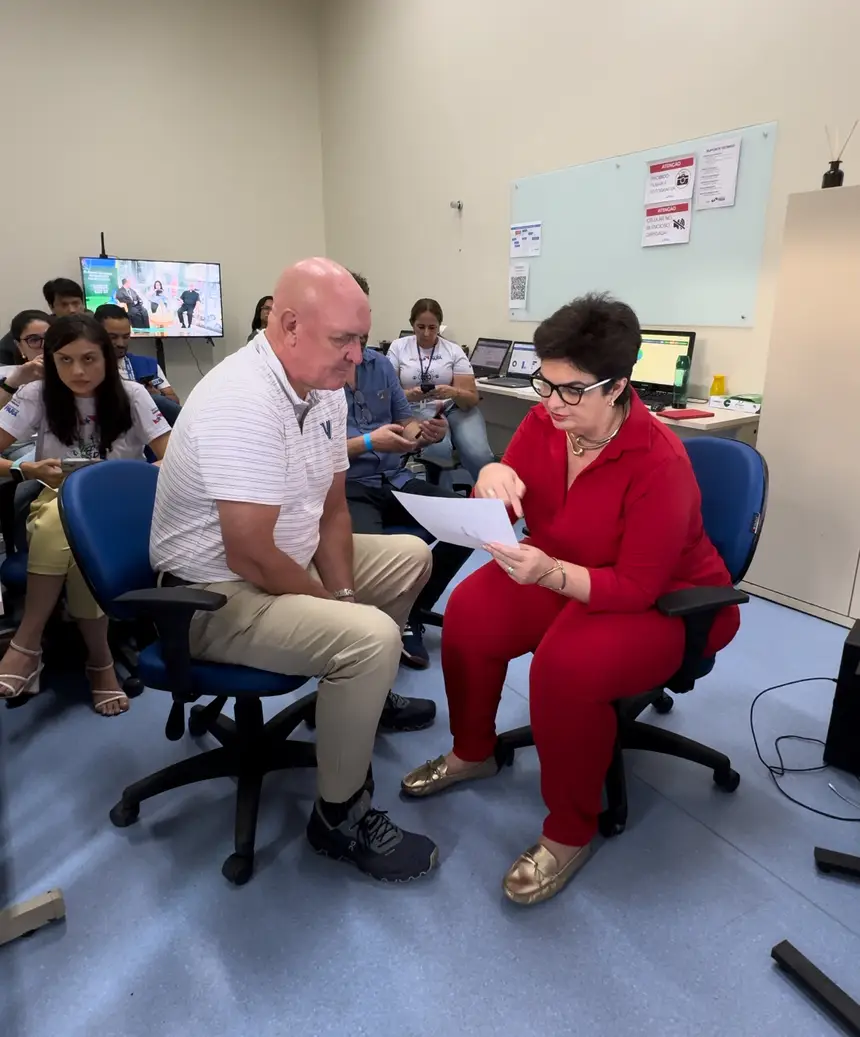
The choice of Santa Casa de Misericórdia as the center's headquarters is due to its robust physical structure, strategic location, and capacity for technical and logistical support, allowing for agile and efficient action in case of any incidents. The installation of CIOCS in the institution reinforces the integration between hospital networks and surveillance actions, consolidating the hospital as a reference point for rapid response to emergencies during the Círio.
“We are confident and happy to see that the result of two years of work is coming to fruition. The teams are trained and acting responsibly. Receiving recognition from the UN gives us certainty that we are on the right track. The Círio will be well monitored, and this experience shows that Pará has the technical and operational capacity to host large mass events,” stated Heloísa Guimarães, Deputy Secretary of Sespa.
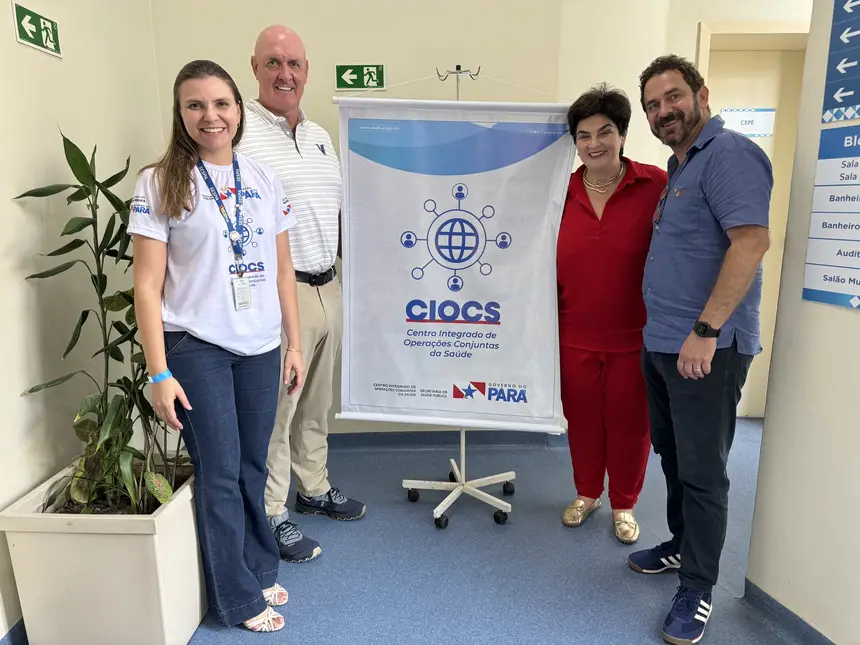
The CIOCS will remain active until October 13, gathering about 15 professionals per day, including technicians from CIEVS Pará, technical areas of Sespa, and the Municipal Health Department of Belém, as well as representatives from other institutions. The center operates with real-time monitoring, analysis of epidemiological data, and rapid response to public health emergencies, ensuring safety, surveillance, and agility in prevention and assistance actions during the Trasladação and Círio processions.
The physical structure includes a monitoring room equipped with cutting-edge technology, a command and strategic coordination room, a space for rapid response teams, and a rest area. During the processions, CIOCS will monitor the movement of the faithful and the flow of care provided at hospitals and care stations distributed along the routes, which have multidisciplinary teams and ambulances positioned at strategic points.
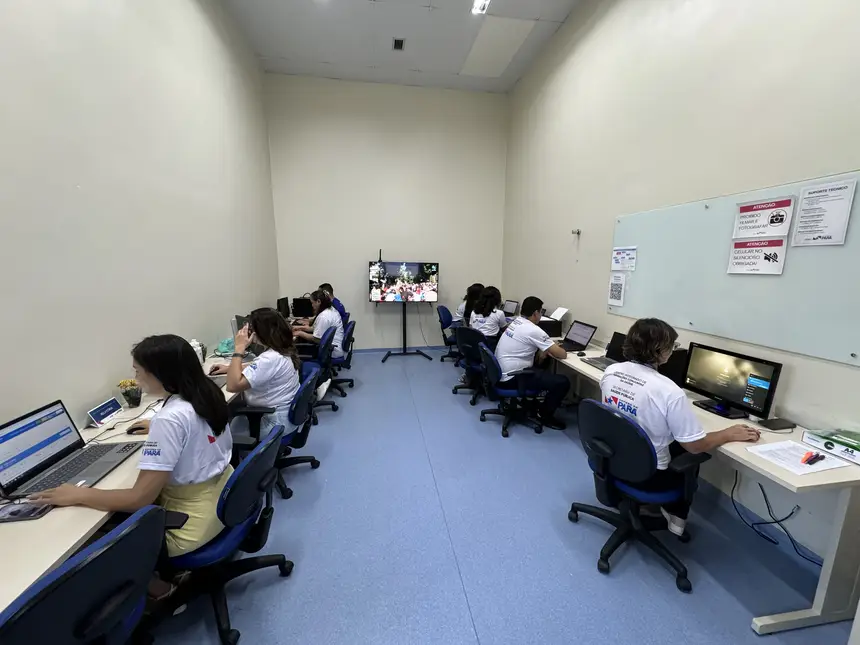
The Círio de Nazaré is recognized as the largest Catholic procession in the world, gathering around 2.3 million people in 2024, according to the Festival Directorate.
Held for over 200 years, the event is an Intangible Cultural Heritage of Brazil and a Cultural Heritage of Humanity by UNESCO, representing not only a celebration of faith and devotion but also a logistical and sanitary challenge that demands rigorous planning and integrated action from the three spheres of SUS management.


